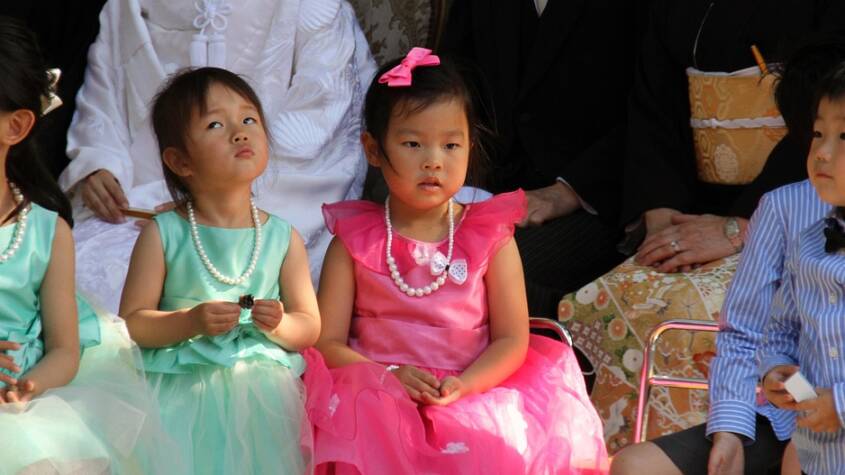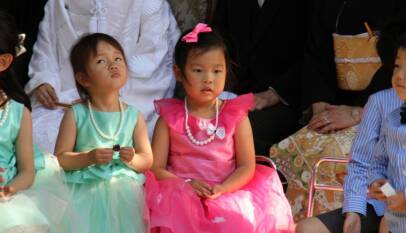Preschool Near Me: Finding the Best Early Education Options Nearby
Finding a reliable preschool near me can be a critical step for parents looking to support their child’s early development. A preschool near you offers accessible options that can provide quality education and a safe environment for young children.
Choosing a local preschool reduces daily commute time, making drop-offs and pick-ups easier to manage. It also allows parents to visit and engage with the school community more frequently.
Many preschools nearby offer various programs tailored to different learning styles and needs. Exploring options in the area helps families find the best fit for their child’s early education and growth.
How to Choose the Best Preschool Near Me
Selecting a preschool involves examining several key factors that impact a child’s development and safety. Important aspects include verifying credentials, understanding educational approaches, and assessing teacher expertise and classroom dynamics.
Understanding Accreditation and Licensing
Accreditation ensures a preschool meets quality and safety standards set by recognized organizations. Parents should check if the preschool holds valid state licensing and accreditation from bodies like the National Association for the Education of Young Children (NAEYC).
Licensing confirms compliance with health, safety, and staff requirements mandated by local authorities. Accreditation goes beyond licensing by evaluating curriculum quality, teacher training, and family engagement.
Tips for verification:
- Request copies of licensing and accreditation certificates.
- Research the accrediting bodies’ standards.
- Confirm the preschool maintains its credentials without lapse.
Comparing Curriculum and Teaching Methods
Curriculum choices vary widely, from play-based to Montessori or academic-focused programs. A preschool’s teaching method should align with your child’s learning style and developmental needs.
Look for curriculums that balance structured activities with free play. Check if the preschool offers age-appropriate goals in literacy, social skills, and motor development.
Questions to ask:
- How is daily time divided between play and instruction?
- Are learning outcomes clearly defined?
- What materials and resources support teaching?
Evaluating Teacher Qualifications and Ratios
Teacher qualifications directly affect educational quality and child safety. Ideal preschools employ certified early childhood educators with specialized training.
Class size and child-to-teacher ratios also matter. Lower ratios allow for more individualized attention and safer environments. The recommended ratio is generally 1:10 for ages 3 to 5.
Important factors:
| Factor | Recommended Standard |
| Teacher Certification | Early childhood education certification |
| Child-to-Teacher Ratio | 1 teacher per 8-10 children |
| Staff Experience | Minimum 2 years preferred |
Parents should observe classrooms to see interactions and confirm staff presence meets licensing standards.
Key Features to Look for in Local Preschools
Choosing a preschool involves evaluating multiple practical factors. These include how the space supports learning, the security measures in place, and the ways parents can engage with the school.
Learning Environment and Facilities
The learning environment should be clean, well-organized, and equipped with age-appropriate materials. Classrooms need natural light, child-sized furniture, and clearly defined activity areas such as reading corners and playzones.
Outdoor spaces matter for physical activity. A safe playground with equipment designed for preschool children encourages motor skills. Access to resources like art supplies, books, and technology also supports diverse learning styles.
Teachers should use a curriculum that balances structured and free play. The environment must be stimulating but not overwhelming, promoting exploration and social interaction.
Safety and Security Measures
Preschools must have clear protocols for drop-off and pick-up to prevent unauthorized access. Secure entrances, surveillance cameras, and visitor check-in systems enhance safety.
Staff training in first aid and emergency procedures is essential. Facilities should be childproofed, with safe furniture and non-toxic materials throughout.
Regular fire drills and a clean, hazard-free space show an active commitment to safety. Records of staff background checks and child-to-teacher ratios also provide assurance of proper supervision.
Parental Involvement Opportunities
Preschools that communicate regularly through meetings, newsletters, or apps keep parents informed. Opportunities for parents to volunteer in classrooms or attend workshops foster involvement.
Parent-teacher conferences should happen multiple times a year to discuss progress and concerns. Some schools offer parent education sessions on child development to support learning at home.
Transparent policies about participation and feedback mechanisms encourage collaboration. Flexibility for parents’ schedules in involvement activities is a practical plus.
Kongo Tech Leading Innovation in African Technology Solutions
Kongo Tech specializes in developing innovative digital solutions tailored to African mark…









